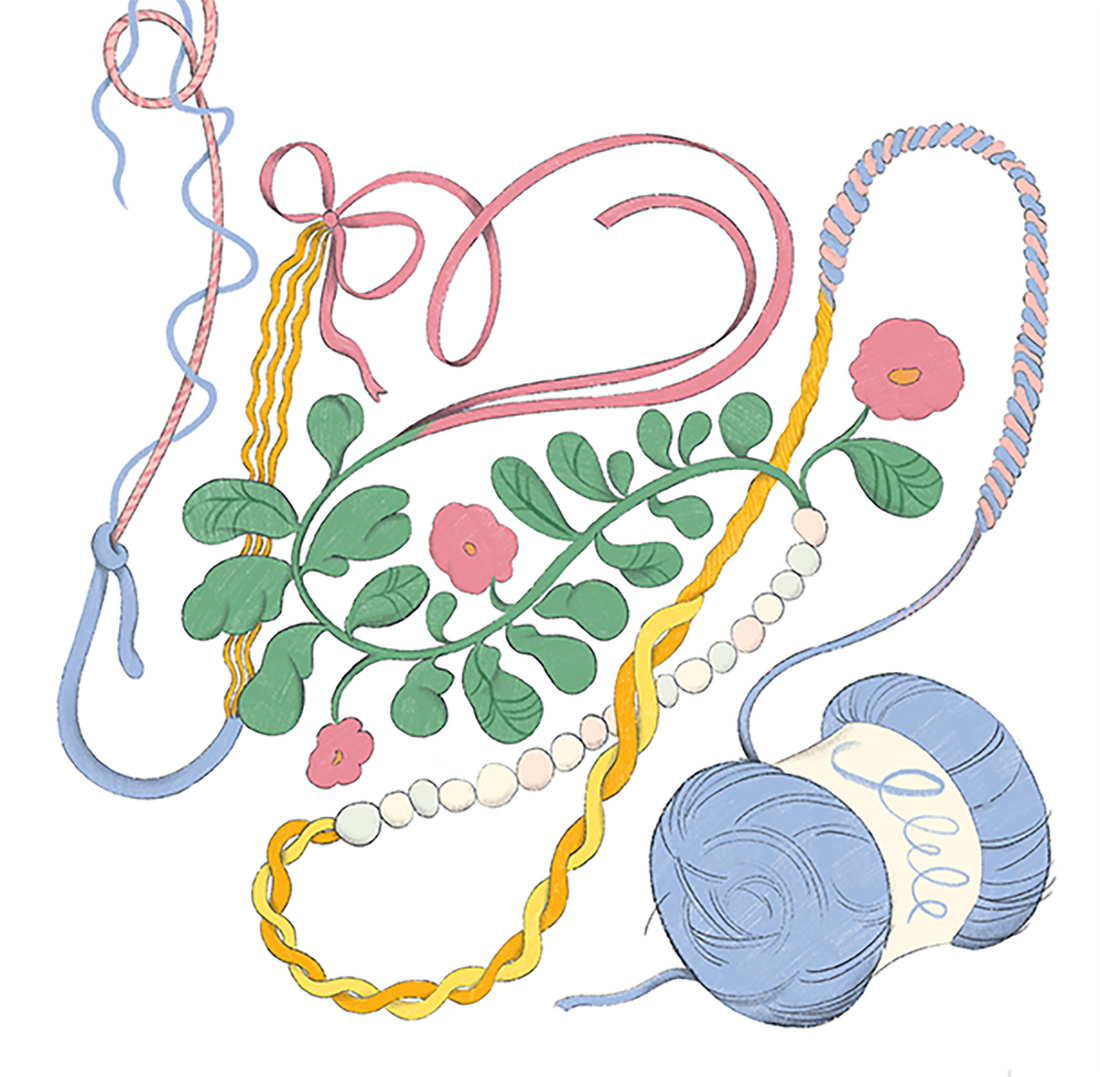5 Tips for Substituting Yarns!
We’ve all been there. There’s a pattern we absolutely need to knit, but the yarn mentioned in the pattern is unavailable for some reason. Sometimes, a heap of neglected yarn might be looking at us, begging to be knit, but we are unsure if it will work with the pattern. While an experienced knitter might fearlessly plunge in, this uncertainty might seem too much of a hurdle for a beginner. So what are some of the most important things to keep in mind when substituting yarn?
“Swatch!” says Aimée Gille, the owner and founder of La Bien Aimée — a hand-dyeing studio and a yarn company in Paris, France.
“Even when using the same yarn mentioned in the pattern, your gauge may still differ from the designer's. The only way to ensure that a garment fits is to have the right gauge, which is achieved by knitting a swatch.”
Gauge (or tension) refers to the number of stitches per inch or centimetre in a piece of knitwear. It is usually mentioned near the yarn and needle requirements at the start of a pattern.
“My rule is: I can change the yarn weight, but not gauge,” adds Midori Hirose, a Japanese knitwear designer based in Germany.
“I recommend knitting swatches with different types of yarns, textures and yarn weights. By doing this, you will discover a lot of new ideas.”
Are you ready to try it? Here are some useful steps when substituting yarn for your next knitting project.
1. Check the yarn weight and yardage
Start by checking the pattern’s yarn weight and required yardage for your size. The yardage will help you figure out how many skeins are needed, and the yarn weight helps you find similar yarn options — for example, substitute lace with another lace-weight yarn or worsted with another worsted-weight yarn.
“The more experienced you get, the more you can play,” encourages Midori.
2. Think about the fibre content
If you want to knit a piece that resembles the one in the pattern photos, choose a yarn with similar fibre content. Different fibres might hold shapes differently, which affects the characteristics of the knitted fabric.
“When using different fibres, ensure the drape will work for the pattern you are working on. For example, a yarn containing alpaca or silk will have a very different drape than wool. This doesn’t mean you can’t do it — but the result will probably look different,” Aimée advises.
3. Create your combinations
You can always make your own yarn and colour combinations to match what is required.
“The easiest way is to use lighter yarns held together. For example, hold two lace-weight yarns together to get a fingering-weight gauge, or two fingering weights together to equal DK,” adds Aimée. “Also, colours can be mixed to create your own. I call this painting with yarn.”
4. Accentuate stitch patterns
Specific stitch patterns work better with certain types of yarn. For example, non-superwash wool works better for colourwork, as the scales of the yarn interlock to create an even fabric. For textured knits, using non-fuzzy yarn helps to accentuate the stitch patterns.
5. Knit a swatch
All of these steps lead to one thing: knitting a gauge swatch. This way, you can see how the yarn knits up so you can decide if it’s suitable for your project. If you feel unsure about substituting yarns, remember that your LYS (local yarn shop) can most probably help!
Text: Päivi Kankaro
Illustration: Pauliina Holma
This feature was first published in Laine issue 22.


1 comment
Kiitos neuvoista. Olen kyllä jo vanha neuloja, mutta… Nyt haluaisin kutoa (!) erään neulepaidan. Ohjeen langoilla tulee liian kalliiksi. Haluaisin halvemman lankayhdistelmän.